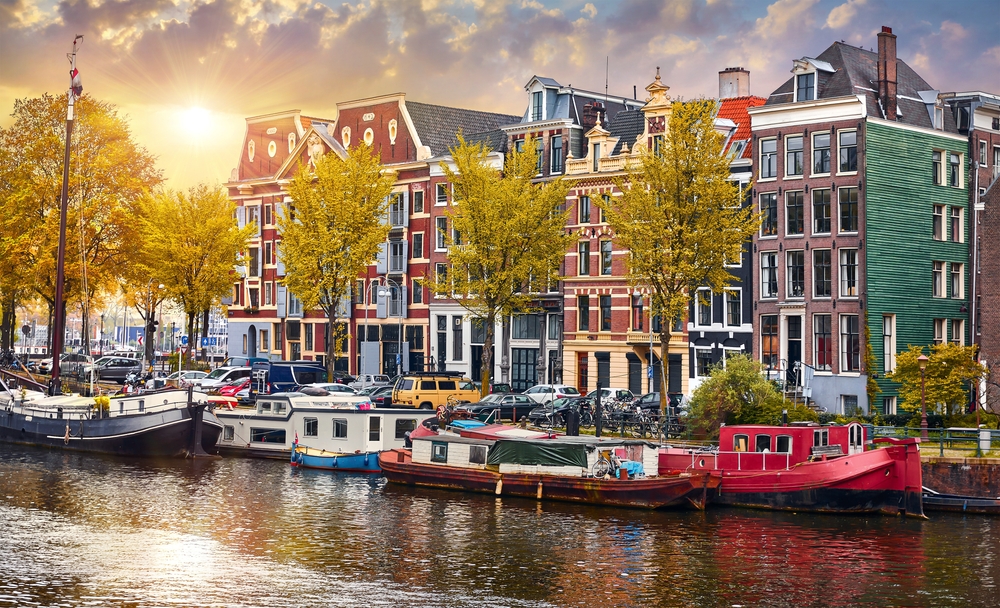Rediscovering the Charm of Canal Travel: A Journey Through Time and Waterways
Once a lifeline of commerce and transportation, canal travel is now a forgotten gem in the world of travel. With a history that stretches back to the ancient civilizations of Egypt and China, canals have served as a significant driving force that shaped the development of human society. This article will explore the charm of canal travel, how it has evolved over time, and why it is set to become a leading travel trend.

A Journey Back in Time: The History of Canal Travel
The origins of canal travel trace back to the ancient civilizations of Egypt and China. They were initially built for irrigation and transport of goods, but over time, they became crucial arteries for trade and commerce. The Grand Canal in China, constructed during the Sui Dynasty in 581-618 AD, is one of the oldest and longest canals in the world.
Fast forward to the Industrial Revolution, canals played a massive role in the transport of goods, especially in Britain. The construction of the Bridgewater Canal in 1761, for instance, reduced the cost of coal transport by a staggering 75%. However, as railways and roads became dominant, canal travel fell into a long period of decline.
Canal Travel Today: A Return to Slower Pace
In the hustle and bustle of modern life, canal travel offers a tranquil and unique escape. It allows travelers to explore the countryside at a leisurely pace, soaking in the idyllic views and rich history that these waterways have to offer. Moreover, canal travel provides an eco-friendly alternative to traditional travel methods, with narrowboats producing significantly less carbon emissions than cars or planes.
While canal travel is not without its challenges - such as the need for navigational skills and the slow pace - its advantages far outweigh these. It offers a unique way to explore different landscapes, from the rolling countryside to historic cities, all from the comfort of a floating home.
The Impact of Canal Travel on Today’s Travelers
Canal travel has a profound impact on how we experience travel. It forces us to slow down and appreciate the journey, not just the destination. It allows us to immerse ourselves in the local culture and history, providing an authentic and enriching travel experience.
Practical Canal Travel Insights
- Planning is Key: Research the route and prepare a detailed itinerary. Understand the workings of locks and bridges, and familiarize yourself with canal etiquette.
- Pack Essentials: Pack essentials such as a good map, first aid kit, torch, and warm clothing. Remember, space is limited on a narrowboat.
- Respect the Environment: Dispose of waste properly, and be mindful not to disturb wildlife.
Wrapping Up
Canal travel is a journey back in time, a chance to rediscover a forgotten mode of travel that once shaped our world. It provides a unique, tranquil, and eco-friendly travel experience, allowing us to reconnect with nature and history in a meaningful way. So, when planning your next adventure, consider the charm and allure of canal travel. It might just offer the refreshing perspective you’ve been looking for.






